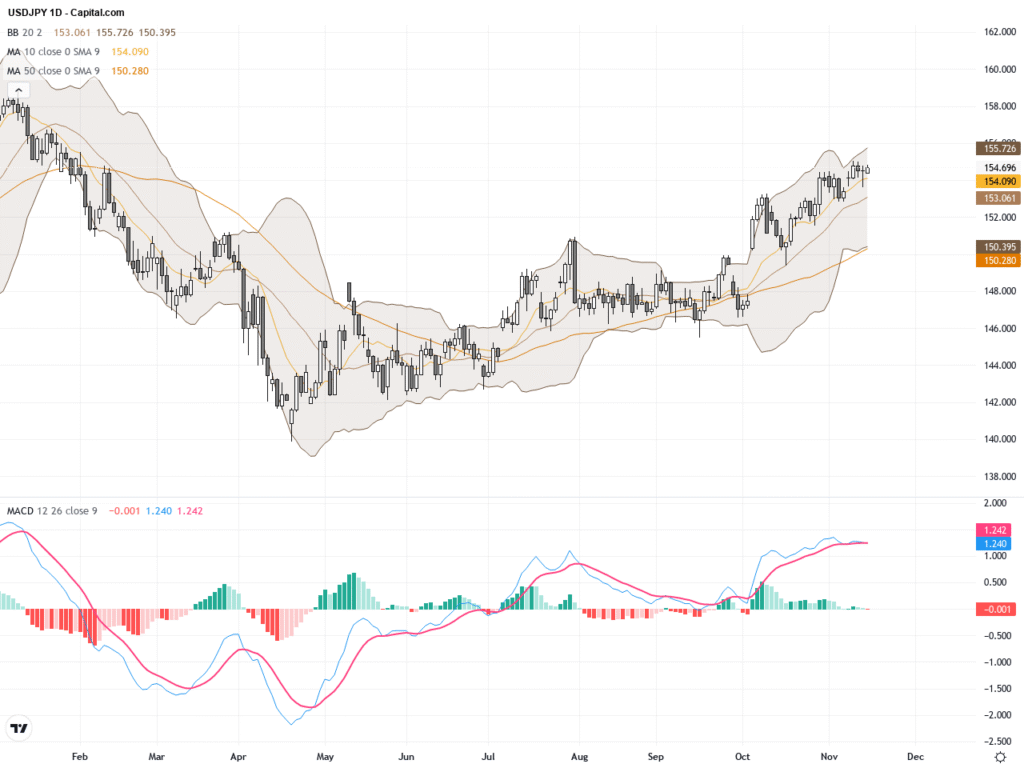 |
| Gold V.1.3.1 signal Telegram Channel (English) |

Gold Price Surges Above $4,100 Amid Inflation Watch and CPI Data Anticipation
2025-10-25 @ 01:01
Gold prices have been on an impressive run in recent months, capturing the attention of investors worldwide. As of late October 2025, gold is trading above $4,100 per ounce, showing resilience despite several economic hurdles. Yet, as markets approach the next round of U.S. Consumer Price Index (CPI) data, questions arise about whether the current bullish momentum can last or if a period of correction is ahead.
Recent Gold Price Action
Over the past month, gold prices have experienced a robust rally, appreciating over 10%. On a year-over-year basis, gains exceed 50%, underpinning gold’s role as both a hedge against inflation and a safe haven asset in turbulent times. However, in recent trading sessions, upward momentum has slowed as gold finds resistance near the $4,100 mark. Technical indicators are signaling a short-term battle between bulls and bears, with some traders taking profits and others positioning for potential new highs.
Anticipation Around Inflation Data
Much of gold’s direction in the coming days hinges on upcoming inflation data, particularly the U.S. CPI report. Elevated inflation typically supports gold due to its reputation as a store of value. If CPI readings come in above expectations, investors may flock to gold, seeking protection against eroding purchasing power. Conversely, if CPI data signals cooling inflation, gold could face renewed selling pressure as expectations for monetary tightening wane.
Technical Outlook and Key Levels
The technical setup for gold remains broadly constructive, with the price moving within a rising channel. Short-term moving averages suggest the trend is still upward, and bulls will likely defend the $4,100-$4,130 support zone. Should gold manage to decisively surpass resistance in the $4,350-$4,375 area, the bulls could have a clear path toward $4,465 and potentially higher.
On the downside, the next notable support sits around $4,000 and then at $3,995. A drop below these levels may prompt a deeper correction, testing broader optimism in the market. For now, any dip toward support zones could be viewed as a buying opportunity, so long as broader macroeconomic trends—namely persistent inflation and geopolitical uncertainty—continue to favor precious metals.
Market Sentiment and Forecasts
Market sentiment toward gold remains broadly neutral to slightly bullish. Over the next quarter, some forecasts see gold price consolidating above $4,300, with the potential to reach as high as $4,500 per ounce in the next 12 months, assuming global economic pressures persist. Technical traders point toward key levels, such as $4,330 as near-term support and $4,375-$4,465 as targets if the bulls regain traction.
Gold’s relative strength index (RSI) is hovering near the midpoint, indicating the market is neither overbought nor oversold. This neutrality points to a period of consolidation or range-bound trading, at least until a significant macro catalyst—like a major CPI surprise or a shift in central bank policy—emerges.
Risks to the Outlook
While the overall trend remains favorable for gold, several risks could disrupt the current trajectory. Notably, if inflation data begins to surprise to the downside, the case for holding non-yielding assets like gold weakens. Similarly, any hints from the U.S. Federal Reserve or other central banks about more aggressive policy tightening could sap demand for the metal, sparking profit-taking among long-term holders.
The potential downside scenario would see prices slip below $4,000, which could open the door to a retreat toward earlier 2025 levels. Conversely, sustained risk aversion—driven by either economic concerns or continued geopolitical tensions—would likely provide ongoing support.
Conclusion
As gold trades just below key resistance ahead of an important CPI release, the next move will likely be determined by how inflation data shapes expectations for global monetary policy. The broader uptrend, driven by inflation and safe haven flows, remains intact for now. However, traders should prepare for heightened volatility as markets react to economic data and shifting sentiment. For longer-term investors, gold continues to justify its place in a diversified portfolio, especially as a hedge against macroeconomic uncertainties and currency debasement. The coming weeks could offer clarity on whether the recent pause is simply consolidation before the next leg higher, or the start of a deeper correction. As always, prudent risk management and an eye on economic data will be key.








